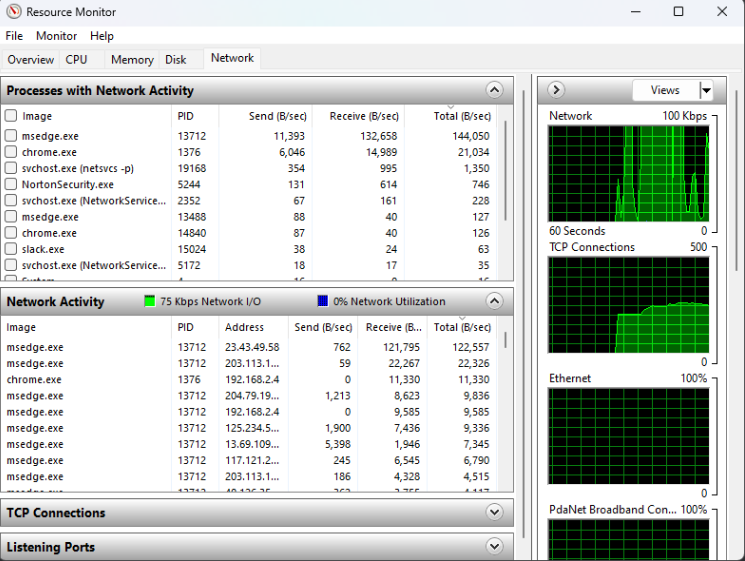The Basic Concepts Of Performance Test - Time Behavior
Developing a high-performance and scalable system is a complex task, and organizations must find practical and cost-effective approaches to build large-scale applications. Before we get into how to do it right, let's look at Time Behavior, which is one of the most important performance factors in ISO 25010.

0
Leave a comment
Submit with
Comments (0)


